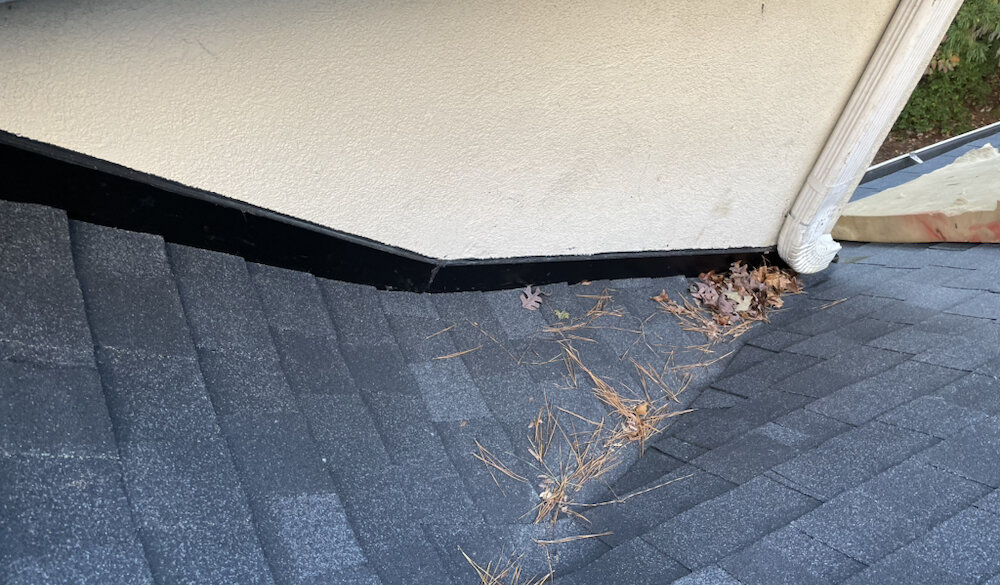
WHAT IS ROOF FLASHING?
When you think of a new roof, you often think of the shingles as the most important part of the roof.
While this is true, there's another equally important component called flashing.
What is roof flashing?
Flashing is simply a piece of metal installed between the intersection of your roof shingles and other parts of your home. These intersections happen at chimneys, dormers, sidewalls, and even skylights, just to name a few.
Metal flashings come in a number of shapes, sizes, and styles, and are critical components of an asphalt shingle roof. In fact, research has shown that over 80% of all leaks occur because of flashing failure. You heard me right... 4 out of 5 leaks happen because the flashing is either damaged or improperly installed.
So when it comes to preventing leaks and getting water off your roof, it is important to ensure your flashing is handled properly.
When should you replace the flashing on your roof?
Many roofing contractors don't replace flashing. But why? Simply put, flashing replacement is left up to the contractor discretion. Most shingle manufacturers don't require the flashing to be replaced during shingle installation. These manufacturers produce technical bulletins simply encouraging roofing contractors to inspect the flashing to determine if it should be replaced. And because it’s left up to interpretation, it’s often overlooked or simply ignored.
In order to determine whether or not flashing needs to be replaced, it must be inspected to determine if it is in “like new” condition. Anything short of that means it needs to be replaced. Here are some tell-tale signs that your flashing needs to be replaced:
The flashing is rusted.
The flashing is old and deteriorated.
The flashing was damaged during the roof installation.
Basically, if the condition of the flashing is questionable in any way, the right call is always to replace it during your new roof installation.
What are the different types of roof flashing?
Step Flashing
Step flashing are small pieces of metal, about as long as a shingle's height, installed in an overlapping pattern where the edge of the roof meets a side wall. The shingles are interwoven over each piece of step flashing, diverting water down the roof and into the gutters. And because not all shingle sizes are the same, it is imperative that the lengths of the step flashings match the shingle type installed on your roof.
Counter Flashing
Counter flashing is metal that covers the step flashing along brick or stucco side walls to create a watertight seal. This flashing ensures water running down the wall doesn't find its way underneath the edges of your shingles. Counter flashing is finished off with a waterproof caulk, keeping any water from penetrating behind it.
“L” Flashing
"L" flashing is named for its shape and is used when the top of a roof slope meets the wall of a house, much like you would see on a front porch protruding from a two story home. This flashing ensures the water running down the side of the house doesn't enter under the first row of shingles and cause leaks.
As you can see, flashing is critical to the optimal performance of your roof. If the flashing details are overlooked or installed incorrectly, then your roof is almost guaranteed to leak, and no one wants that.
Make sure the contractor you choose to repair or replace your roof knows how to properly evaluate and install your flashing detail. This will protect you from leaks for years to come.
Related Links:



